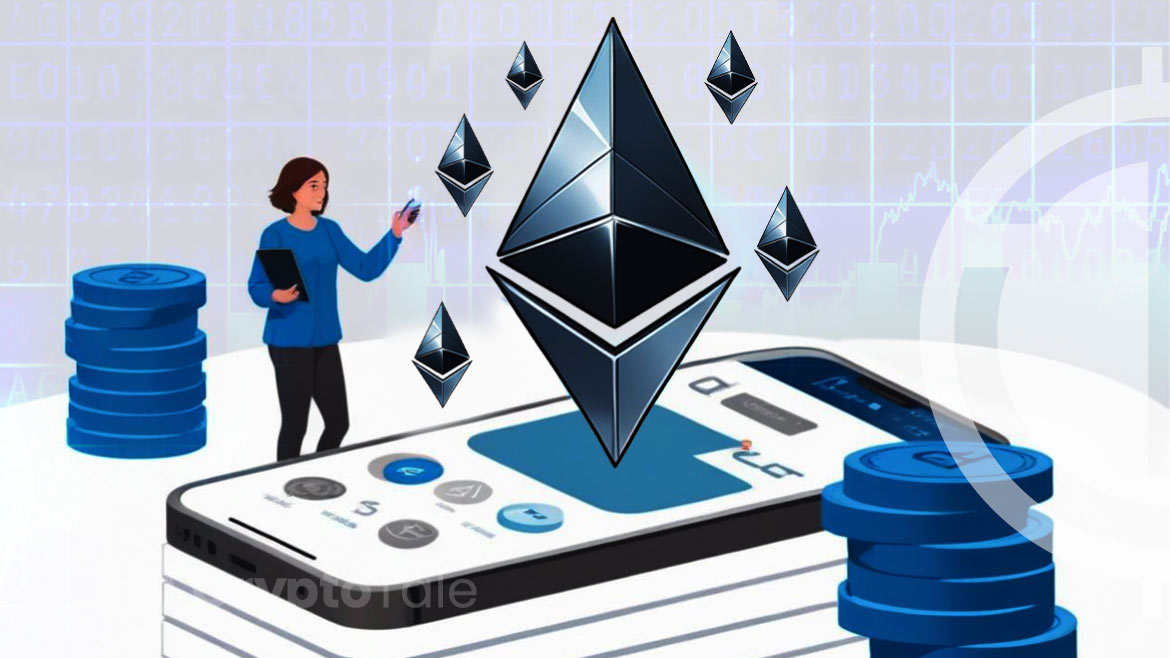
In today’s dynamic crypto world, scalability and efficiency are paramount to supporting the growth of decentralized applications on a blockchain. Especially for the Ethereum blockchain, which has many dApps on its network, a way to overcome its inherent limitations is needed. It was for this reason that Validium, a layer 2 scaling solution with the promise to revolutionize how transactions are processed on Ethereum, was introduced. This article will give you a detailed description of Validium.
What is Validium?
Validium is a layer 2 scaling solution specifically designed to reduce the load on the Ethereum blockchain by moving transactions off-chain for processing. The method of off-chain transaction processing helps reduce congestion and enhances the scalability and efficiency of the mainnet. It uses Zero-Knowledge (zk) proofs to validate transactions and ensures they are correct without revealing much information, preserving users’ privacy.
Validity proofs can be Zero-Knowledge Scalable Transparent Argument of Knowledge (ZK-STARKs) or Zero-Knowledge Succinct Non-Interactive Argument of Knowledge (ZK-SNARKs). Furthermore, accounts and balances are maintained through state commitments, which are updated regularly.
How Do Validiums Work?
Validiums follow a step-by-step process designed to increase the throughput and security of the network. The steps include:
Submission of Transactions
First, the user initiates the transaction and sends it to the Validium operator. The operator is responsible for managing all off-chain transactions. They can be a single entity or a group of operators who are rotated based on the proof-of-stake mechanism.
After collecting the transactions, they are organized into batches and processed off-chain. By processing transactions off-chain, the mainnet consumes a lot less resources and increases throughput.
Unlocking Ethereum’s Path: Can It Break the $3,000 Barrier?State Commitments and ZK Proofs
State commitments are where accounts and their balances are stored. When the transactions on the Validium chain are processed, the operator updates the state commitments so that they can be reflected in the latest account details.
ZK-proofs are an important part of the off-chain transaction processing. These cryptographic proofs make sure that the transactions are processed correctly and that the resulting state commitments are in accordance with Ethereum’s network regulations. Furthermore, unlike zk-rollups, where all the transaction details are published on Ethereum, only the state commitments and zk-proofs are sent back to the mainnet.
The Ethereum mainnet verifies the validity of the zk-proofs through smart contracts and also ensures that the state commitments follow the rules of the blockchain. Once everything is verified, the updated state commitments are accepted and finalized on the mainnet.
Deposits and Withdrawals
To deposit assets on Validum, a user must send their assets from their Ethereum mainnet to a smart contract. The smart contract records the deposit along with its address and is committed to Validium off-chain. The operator updates the state commitments to reflect the deposit in the user’s off-chain Validium account.
To withdraw the funds, the user initiates the withdrawal request from their off-chain account and submits it to the operator. The operator processes the request and updates the state commitments to the new balance, while a zk-proof is generated to verify the correctness of the transaction and the new state update. Both zk-proof and update state commitments, along with the withdrawal request, are submitted to the mainnet. The ETH mainnet smart contract verifies their validity, and upon successful validations, the smart contract releases funds to the user’s wallet.
What Is the Difference Between Validiums and Rollups?
| Validums | Rollups |
| Store all transaction data off-chain, leading to higher scalability and throughput. | Stores all transaction data on-chain, ensuring data availability. |
| Offers high security but slightly less than Rollups due to off-chain data storage. | Offers a high degree of security because data is stored on-chain. |
| Can handle high throughput because of off-chain transaction processing. | Can handle large amounts of data but is limited to on-chain data storage. |
| Low costs as data is stored off-chain. | High costs with on-chain data storage. |
| Greater flexibility for managing off-chain data. | Less flexibility to manage on-chain data. |
How Do Validiums Interact With Ethereum?
Validiums are scaling solutions that are built on top of the Ethereum blockchain, meaning that even though they process transactions off-chain, Validiums rely on a collection of smart contracts on the mainnet to manage their operation. They are:
- Verifier Contract: This smart contract verifies the validity of proofs submitted by the Validium operator. It uses cryptographic methods to verify the correctness of ZK proofs, ensuring data availability.
- Main Contract: It stores state commitments that block producers submit, and once the validity proof is verified on the mainnet, the Validium’s state will be updated.
Furthermore, other than smart contracts, Validums also rely on Ethereum mainnet for,
Settlement
Before the transactions processed on the Validium off-chain are verified by the Ethereum mainnet, they are not fully confirmed. To be fully confirmed, transactions need to be settled on Ethereum. In addition, the mainnet provides “settlement guarantees” for Validium users; this makes sure that once off-chain transactions are committed to the Ethereum mainnet, they cannot be altered or reversed.
Security
Ethereum, which acts as the settlement layer, ensures that off-chain transactions that are executed on Validium are verified through a smart contract. It also assures the validity of state transitions on the Validium chain. In the event that the Ethereum mainnet smart contract believes that the proof is invalid, transactions will be rejected. This ensures that operators must satisfy the validity conditions of the Ethereum protocol before updating the Validium’s state.
Justin Sun’s Bold Ethereum Moves: A Strategic $1.11 Billion InvestmentWhat Are the Advantages of Validiums?
- By off-loading data storage and computation from the mainnet, Validium can process 9,000 transactions per second.
- As most of the transactions and computations are handled off-chain, the costs associated with processing transactions are significantly lower, reducing gas fees.
- Validiums offer greater security and privacy with off-chain data storage capabilities.
- Near-instant withdrawals with Ethereum’s ability to verify validity proofs quickly.
What Are the Challenges and Limitations of Validiums?
- As Validium stores transaction data off-chain, there is a possibility for the data to be lost or for the off-chain storage to be compromised by operators who withhold data. In these situations, users won’t be able to access their assets.
- In Validium, the operator plays a major role, from collecting transactions and generating zero-knowledge proofs to submission of state commitments, leading to centralization risks. If the operator misuses his power or fails to perform their duty, it could seriously damage the system.
Conclusion
Validium represents a powerful Layer 2 scaling solution that significantly enhances the scalability and efficiency of the Ethereum blockchain by processing transactions off-chain. By leveraging zero-knowledge proofs, Validium ensures the security and correctness of transactions while maintaining user privacy. The interaction with Ethereum through verifier and main contracts allows for secure updates of state commitments and efficient handling of deposits and withdrawals.














